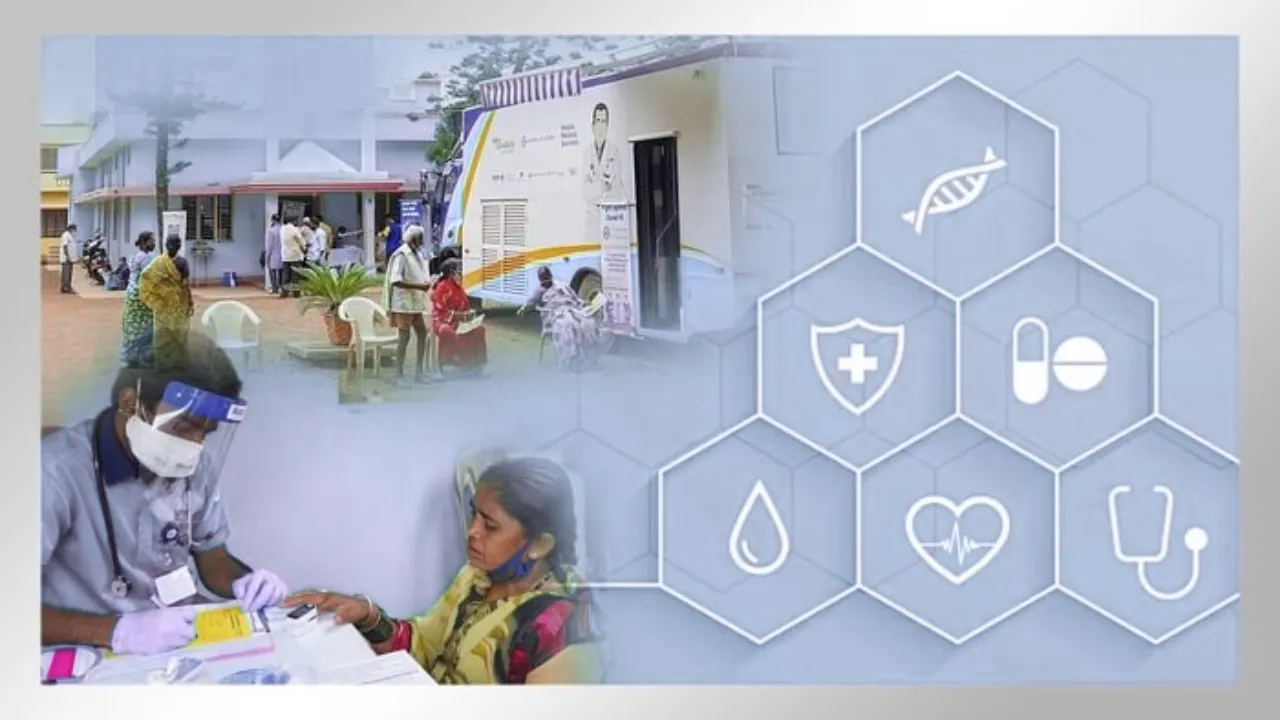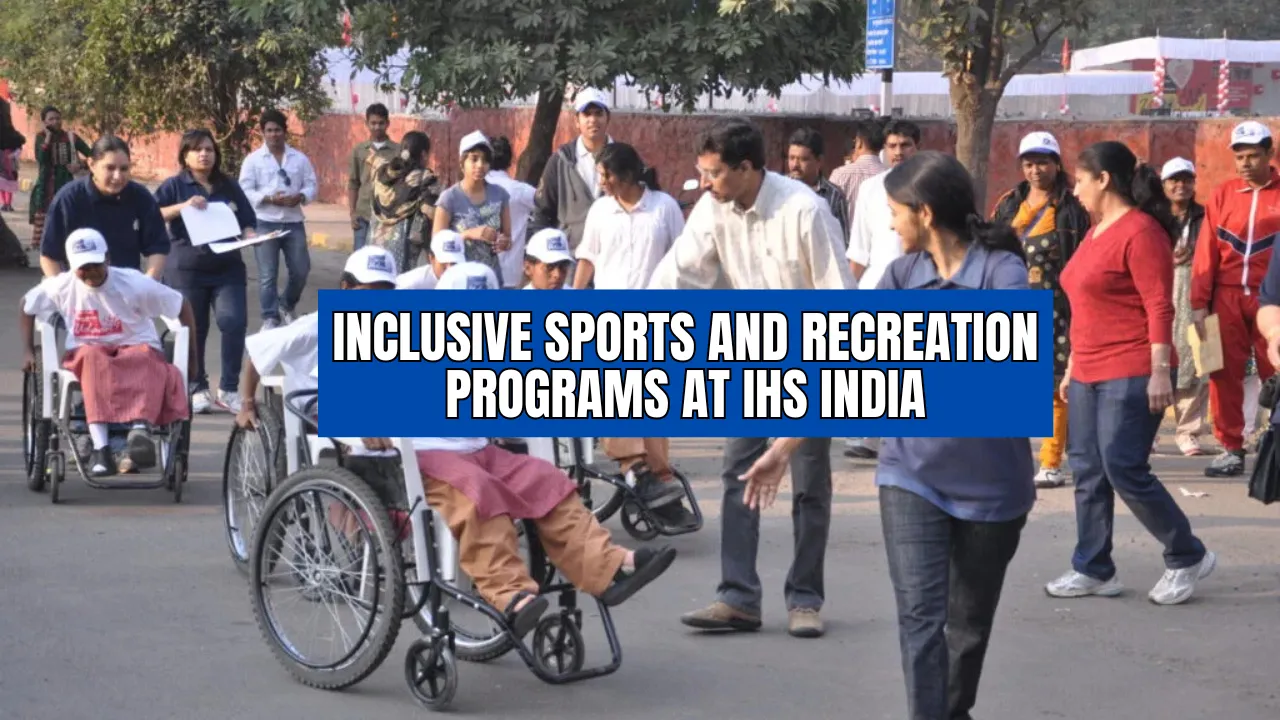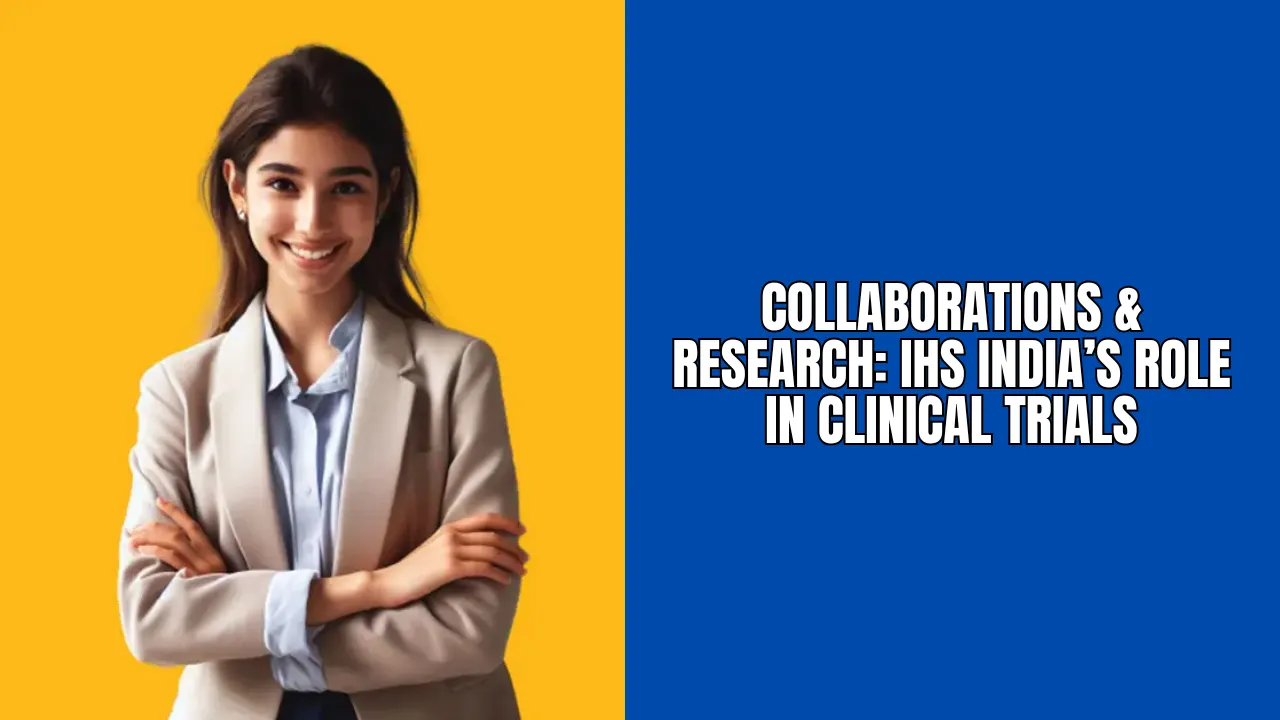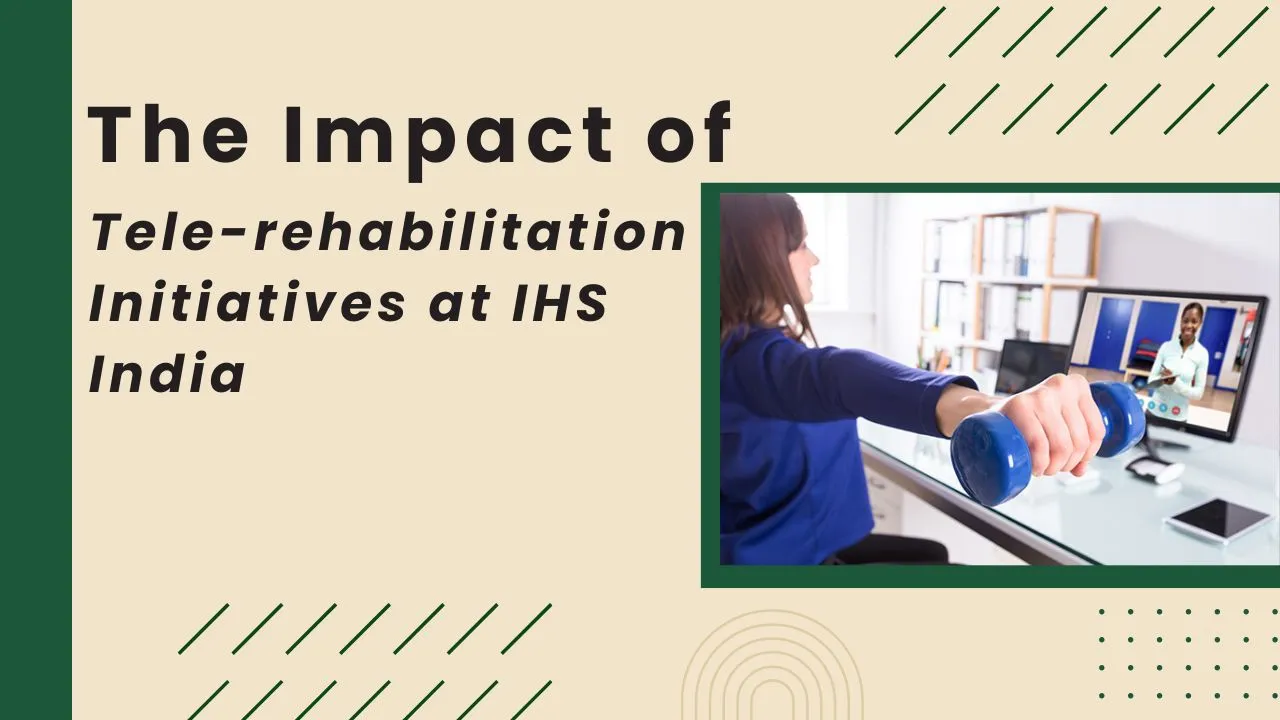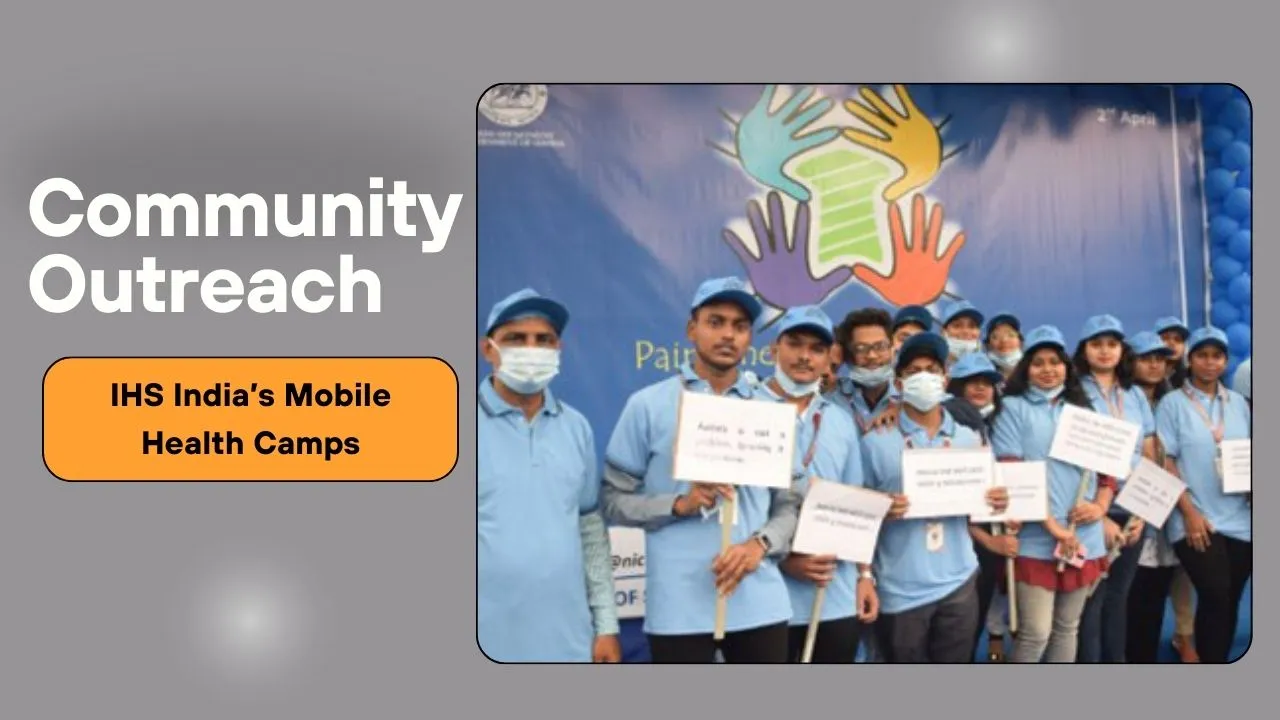Empowering Rural Healthcare: IHS India is quietly leading a transformation in rural healthcare, using an often overlooked force: students. In regions where access to rehabilitation and support for people with disabilities is scarce, students from this institute are stepping up—not just learning, but actively contributing to the healing process. Their efforts are bringing real, measurable changes to communities that have long been on the margins of the healthcare system.
This article takes an in-depth look at how IHS India is creating a sustainable model of rural rehabilitation, rooted in hands-on learning, social awareness, and student-led service. It explores how education is being used as a tool for action, blending classroom instruction with grassroots application. From training to therapy delivery, the article walks through every step of this community-first approach to rural healthcare.
How IHS India is Transforming Rural Rehabilitation Through Student-Led Initiatives
At the heart of IHS India’s approach is the belief that education should not be confined to theory. The institute prepares students not only as healthcare professionals but as community leaders capable of transforming lives. Through structured fieldwork, outreach camps, and interactive sessions, students engage directly with rural populations, providing essential support in areas like physiotherapy, speech therapy, and disability awareness. This approach addresses both treatment and prevention, empowering villages to become more inclusive and self-reliant over time.
Overview of Student-Led Rural Rehabilitation at IHS India
| Aspect | Details |
| Location Focus | Remote and underserved rural regions |
| Student Roles | Therapy provision, community awareness, case tracking |
| Services Delivered | Physiotherapy, speech therapy, occupational therapy |
| Educational Approach | Practical fieldwork + classroom learning |
| Community Impact | Increased access, awareness, and disability inclusion |
Empowering Students for Real-World Rehabilitation
One of the most powerful aspects of IHS India’s strategy is its commitment to integrating fieldwork into education. Unlike conventional medical training programs, where students spend years in labs or clinics, IHS students are placed directly in real-world scenarios early on. This creates a dual benefit: students get exposed to the complexities of grassroots healthcare, and rural communities get access to much-needed rehabilitation services.
These experiences are deeply formative. Students learn to work in unfamiliar conditions—sometimes without reliable transport, equipment, or infrastructure. They adapt quickly, learn to communicate across language barriers, and develop creative problem-solving skills. It’s not just about service delivery—it’s about growing a new generation of healthcare professionals who are resilient, culturally aware, and community-focused.
Reaching the Unreached in Rural India
In many parts of rural India, people living with disabilities have no access to even basic rehabilitation care. IHS India directly addresses this by deploying students to these regions through structured outreach initiatives. These include village-based rehabilitation camps where assessments, treatments, and follow-ups are conducted under expert supervision.
Such programs reduce the travel burden on patients and bring therapy services directly to their doorsteps. More importantly, they help build trust within the community. Students, by spending time in these villages, often become familiar and approachable faces. This reduces stigma, encourages participation, and fosters a long-term culture of inclusiveness and early intervention.
Education as a Tool for Social Impact
The role of education at IHS India extends far beyond textbooks. Every semester, students are tasked with applying their knowledge in live environments, whether that’s a disability screening drive in a rural school or a therapy session in a village health camp. They are trained to teach families how to continue care at home, making each interaction more than just a one-time service.
This process not only supports community health but also changes the student’s perspective. They begin to see how even a short therapy session or a single awareness talk can make a life-changing difference. It’s the foundation of a powerful model: one that turns education into direct, visible social impact.
Key Benefits of Student-Led Rural Rehabilitation
- Improved Access to Services: Through mobile clinics and field visits, students extend therapy services to rural zones where professional help is often unavailable.
- Community Involvement: Local residents are not just passive recipients—they become partners in the care process, hosting sessions, learning therapy exercises, and continuing support at home.
Building Future Healthcare Leaders
Students trained under IHS India’s model don’t just become therapists—they become advocates for change. The experience of working in resource-constrained settings equips them with skills that no textbook can teach: adaptability, empathy, and innovation. Whether they choose to work in cities or return to rural service later, these professionals carry forward a strong sense of purpose.
Moreover, the program fosters leadership. Students are encouraged to lead community programs, develop documentation for rural health reports, and work on policy suggestions. This prepares them not just for employment, but for meaningful roles in shaping inclusive health systems.
Technology-Driven Rehabilitation
In today’s digital age, IHS India also recognizes the role of technology in improving healthcare access. Students use mobile applications to record patient data, monitor therapy outcomes, and provide follow-up consultations through telehealth platforms. These tools help maintain consistency in care, especially when physical visits aren’t possible due to distance or seasonal challenges.
The institute also trains students to use audio-visual aids during community awareness drives. By combining modern tools with grassroots interaction, the program delivers a holistic model that is both efficient and personal.
List of Student-Led Initiatives Making a Difference
- Village-Based Camps: Conducted regularly to provide therapy services, these camps are student-managed and supervised by faculty to ensure quality and impact.
- School Screening Programs: Students collaborate with rural schools to identify children with developmental challenges and ensure early support through intervention plans.
Challenges Faced and Overcome
Despite the positive impact, student-led programs do face hurdles. Lack of proper infrastructure, cultural resistance to medical advice, and logistical issues are common. However, consistent engagement, respectful communication, and adaptive learning help students overcome these obstacles. Over time, they build rapport with the community, leading to greater cooperation and sustained outcomes.
Collaborations and Community Partnerships
IHS India partners with local NGOs, community health workers, and district-level government programs to extend the reach of its initiatives. These partnerships are essential in ensuring that therapy continues even after students complete their fieldwork. By anchoring programs within the local ecosystem, the impact becomes sustainable.
Long-Term Vision and Sustainable Growth
The ultimate goal is not just to fix problems temporarily but to create lasting systems. IHS India aims to build a future where every rural community has access to basic rehabilitation services and knows how to use them. Through ongoing student involvement and community capacity-building, the institute is laying the groundwork for systemic change in grassroots healthcare.
FAQs
How do students at IHS India contribute to rural healthcare?
They conduct therapy sessions, disability screenings, and awareness campaigns directly in rural areas under professional supervision.
What kind of rehabilitation services are offered by IHS India students?
Students provide physiotherapy, speech therapy, occupational therapy, and community education on disability care.
Is this program part of the formal curriculum?
Yes, IHS India integrates community work into its formal education structure, making rural exposure a key part of student training.
How does the institute ensure care continues after students leave?
Local partnerships and trained community volunteers help sustain the care initiated by students.
Can technology really help in rural therapy delivery?
Yes, mobile apps and telehealth tools allow students to stay in touch with patients and track recovery remotely.
Final Thought
IHS India is proving that meaningful change in rural rehabilitation is possible—not through expensive infrastructure, but through empowered students and committed community work. By blending education with service, they are rewriting what it means to train future healthcare professionals. The stories emerging from these student-led initiatives are not just about healing bodies but also about reshaping communities from within. If this movement resonates with you, share this story or explore more content on how grassroots healthcare is evolving across India.
